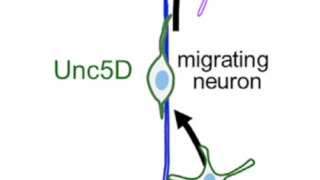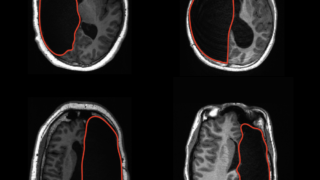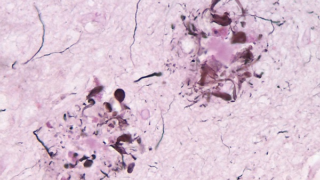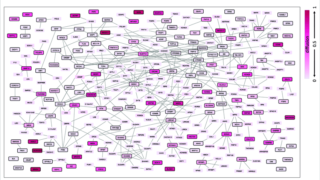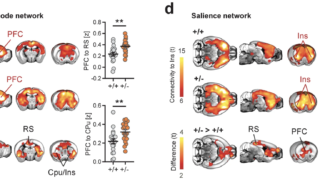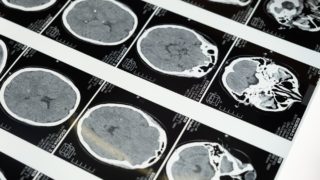
Pain and autism
Pain is a complex sensation that is mediated by both the peripheral and central nervous systems. In the peripheral nervous system, pain signals are generated by nerve fibers called nociceptors that respond to harmful stimuli. These signals are then transmitted to the brain through the spinal cord, where they are processed and interpreted as pain […]
